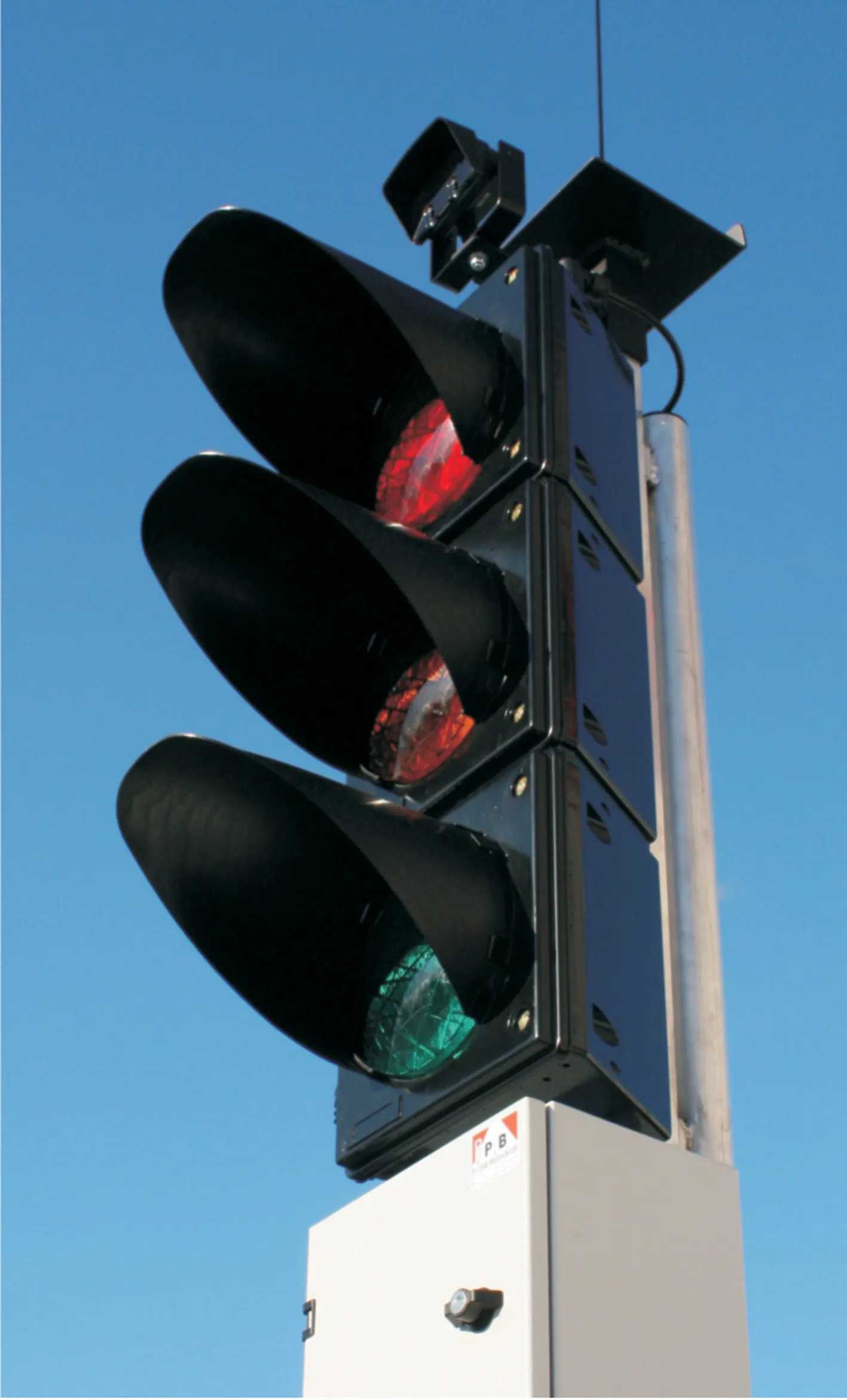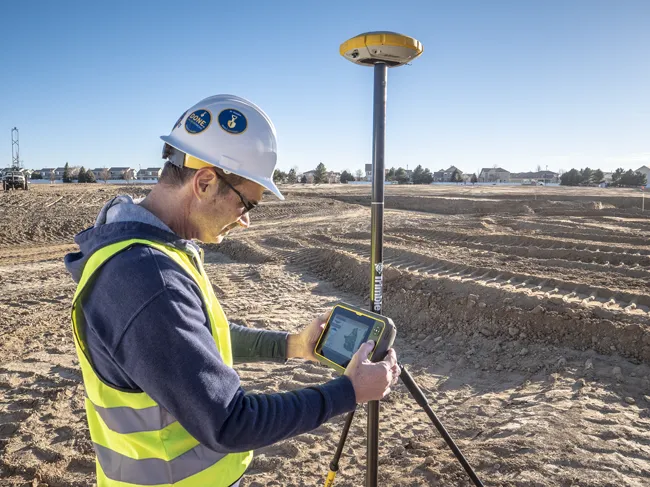
Siqura is offering the TrafficPTZ Ultimo, a Pan Tilt Zoom camera that is said to be optimised to meet traffic and infrastructure demands. A nove feature is the embedded processing, which allows third party application software such as analytics to run on it. The unit is claimed to be an all-IP camera with a robust design that features fast and accurate positioning. It also has no backlash, a large zoom lens and is easy to install.
The camera responds automatically to information from roadside sensors such as loops and radars, intelligent traffic systems and can also utilise information from the internet. When other systems sound the alarm, the Siqura TrafficPTZ Ultimo will position itself automatically to view the situation. It then sends its video feed to the Traffic Centre with an alert. This process can be tailored to meet the application needs. The TrafficPTZ Ultimo does not require constant monitoring by an operator, reducing the workload for operators during rush hour traffic.
It has third party embedded AID software that allows the unit to provide incident detection. The technology platform integrates with acoustic- and radar-based incident detection. Because of its embedded intelligence, the TrafficPTZ Ultimo can perform tasks autonomously. Siqura’s TrafficPTZ Ultimo camera requires only a main power supply and a network connection, and is ONVIF profile S compliant. It can operate under a wide temperature range. The camera can run multiple codecs in parallel, including H.264, MJPEG, MPEG4 and MPEG2.








